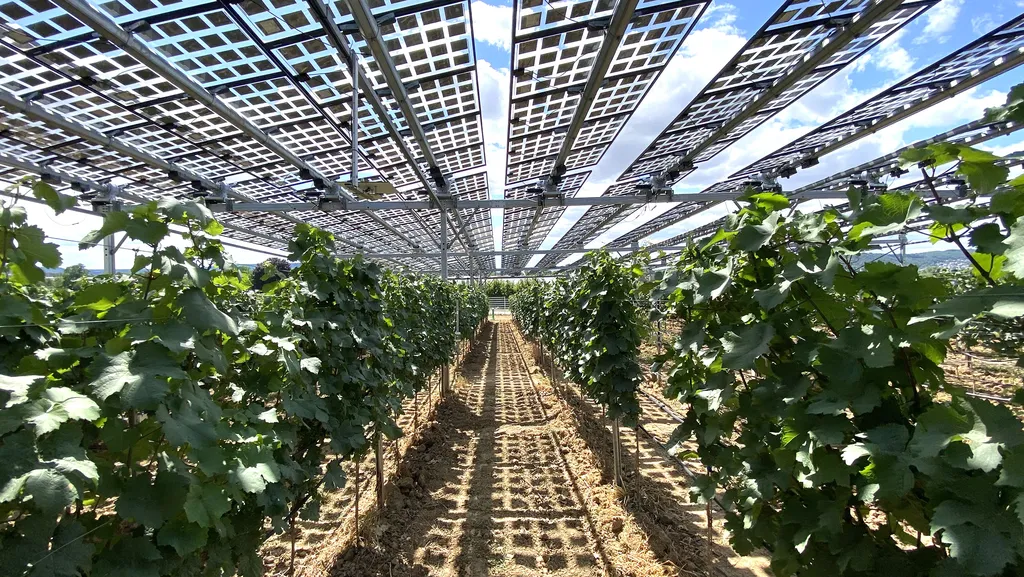In the heart of Italy, researchers are pushing the boundaries of greenhouse horticulture, and their work could soon revolutionize the way we think about plant cultivation and energy efficiency. Farzaneh Zamani, a researcher at the Department of Agricultural Sciences, University of Naples Federico II, has been leading a team exploring the potential of innovative smart covers for greenhouses. Their findings, published in the journal *Frontiers in Plant Science* (which translates to *Frontiers in Plant Science* in English), offer a glimpse into a future where light manipulation could dramatically enhance crop productivity and quality.
Greenhouses have long been a staple in modern agriculture, providing controlled environments that cater to specific plant needs. However, the traditional materials used in greenhouse covers often fall short in optimizing light conditions. Zamani and her team have been investigating how advanced materials can manipulate light intensity, spectral composition, and distribution to create an ideal growing environment. “By using these smart covers, we can significantly improve the light environment inside the greenhouse, which in turn enhances plant growth, morphology, and metabolism,” Zamani explains.
The research delves into four types of innovative covers: diffusive, photoselective, luminescent, and switchable. Each type offers unique advantages. Diffusive covers, for instance, scatter light to create a more uniform distribution, reducing the intensity of direct sunlight and minimizing the risk of plant stress. Photoselective covers can filter specific wavelengths of light, tailoring the spectral composition to the needs of different crops. Luminescent covers absorb and re-emit light at different wavelengths, enhancing the light environment during low-light periods. Switchable covers, on the other hand, can dynamically adjust their properties in response to environmental changes, offering a flexible solution for varying conditions.
The implications of this research extend beyond the agricultural sector. By optimizing light conditions, these smart covers can reduce the need for artificial lighting and heating, leading to significant energy savings. This is particularly relevant in the energy sector, where the demand for sustainable and efficient solutions is growing. “The potential energy savings from using these covers could be substantial,” Zamani notes. “This not only benefits the environment but also makes economic sense for growers.”
The study highlights the potential of these innovative covers to shape the future of greenhouse horticulture. As the demand for high-quality, locally grown produce continues to rise, the ability to optimize growing conditions becomes increasingly important. The research suggests that by harnessing the power of smart materials, growers can achieve higher yields and better-quality crops, all while reducing their energy consumption.
Zamani’s work is a testament to the power of interdisciplinary research, combining principles from materials science, plant physiology, and engineering to create solutions that address real-world challenges. As the agricultural industry continues to evolve, the insights gained from this research could pave the way for a more sustainable and efficient future. The findings published in *Frontiers in Plant Science* offer a promising glimpse into what lies ahead, inspiring further innovation and collaboration in the field.

